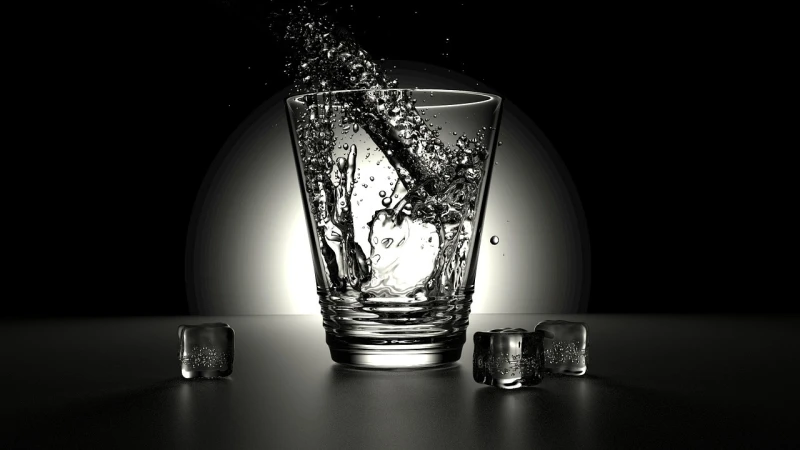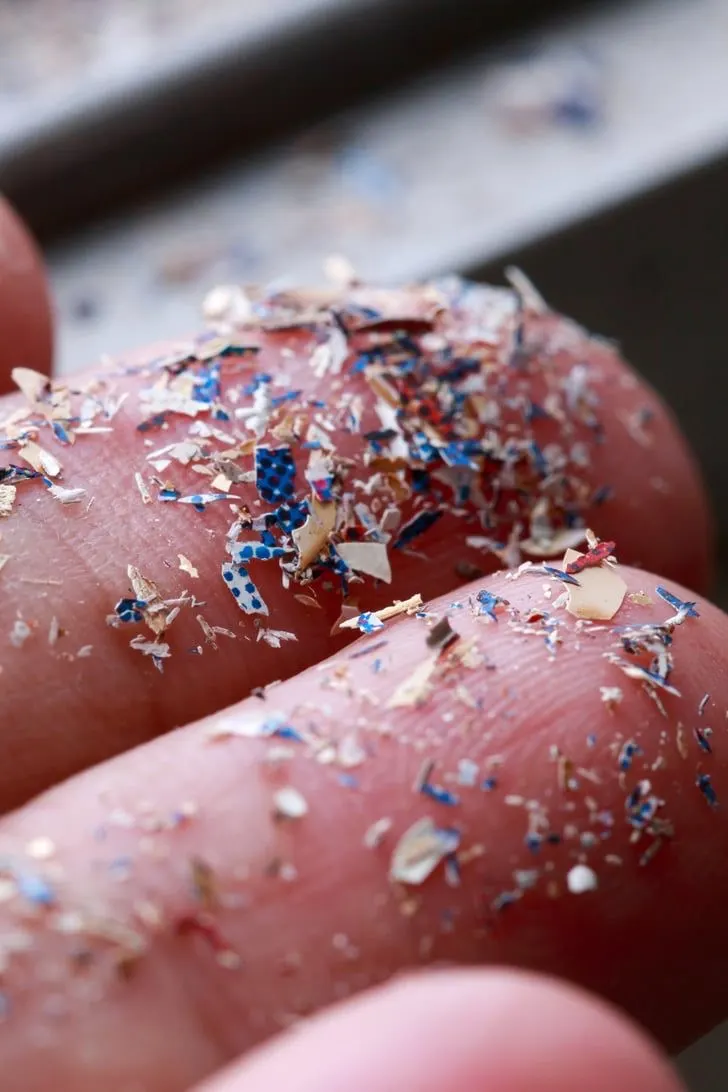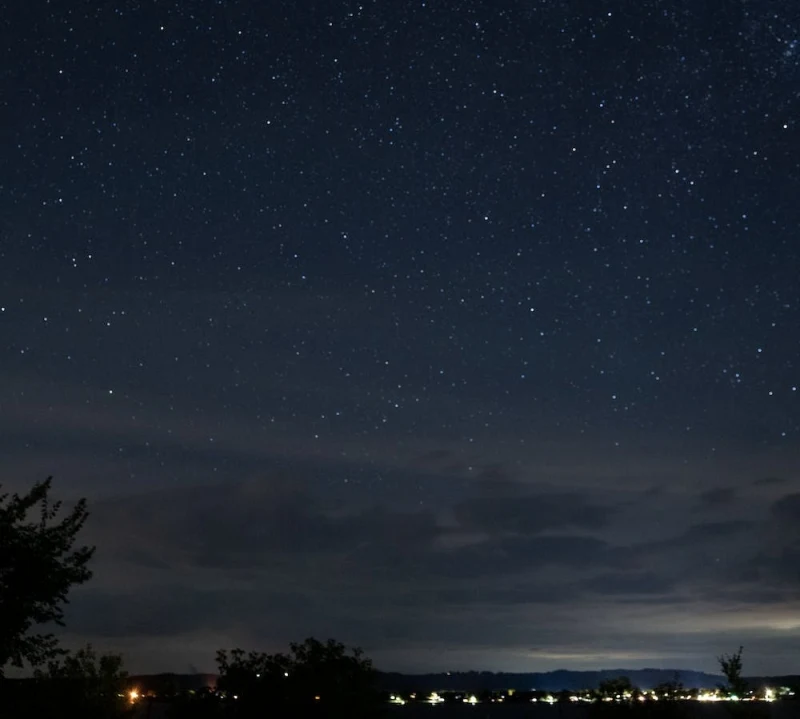By Brooke Hillis ’26
Ice caps in the Arctic are rapidly thawing at an alarming rate.
At the core of this predicament stands the human race, and as a people we are accelerating the effects of global warming exponentially. All the while, this crisis is affecting our health, well-being, and the ground we live on.
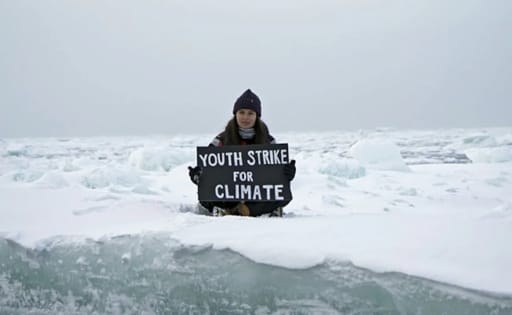
One of the many side effects of global warming includes the melting of Arctic ice caps. These mountain-sized glaciers are melting at a startling speed, and as the world heats up, cooler climates begin to suffer. The Arctic is only the tip of the iceberg.
As author Lorin Hancock explains thoroughly in his article published by World Wildlife Fund, “Even if we significantly curb emissions in the coming decades, more than a third of the world’s remaining glaciers will melt before the year 2100. When it comes to sea ice, 95% of the oldest and thickest ice in the Arctic is already gone.”
Over decades scientists have figured out the real problem behind the melting of ice caps. It is not the previously suspected possible extinction of Arctic animals and creatures, or the loss of fossil fuels due to oil fracking, but rather, these glaciers carry deadly diseases inside themselves that are being released.
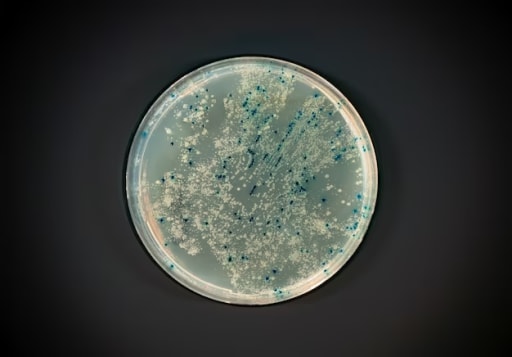
As everyone knows, ice is a preservation tool. For instance, people keep ice in a freezer to preserve meat for an extended period of time. However, ice doesn’t only used to preserve poultry, it can also preserve viruses and bacteria. The science behind this started with the discovery of bodies found preserved within Arctic icebergs. The victim, although deceased due to hypothermia, looks as if they hadn’t age a day since being frozen. No matter how many years a body is frozen within ice it will remain preserved in pristine condition. The body doesn’t degrade, decompose, or deteriorate. And ice does the same for bacteria and diseases.
Ice has been scientifically proven to trap viruses, diseases, and bacteria for tens of thousands of years without human aid. Freezing does not kill bacteria, and more surprisingly, the bacteria begins to make a home in its new frozen environment.
Researchers from the National Science Foundation reported that, “Scientists who study glacier ice have found viruses nearly 15,000 years old in ice samples from the Tibetan Plateau in China. Most of those viruses, which survived because they had remained frozen, are unlike any viruses that have been cataloged to date.”
These viruses, preserved in ice, have never been introduced to the modern human race. Because our bodies have never been introduced to such bacteria we can only assume how the human body would react to it. A disease camouflaged for thousands of years could be extremely deadly, and could even wipe out humanity as a whole.
Many diseases can be deadly if we don’t build up an immunity to them. Take the modern flu virus for example.
For children, cold and flu season comes along every year and spread throughout schools. Since our bodies were introduced to this virus young, our immune systems began to build up and slowly gain immunity to the disease. Over time our bodies become strong enough to fight off the virus quicker and mediate the symptoms. If our bodies were not introduced to the cold and flu viruses young, it would affect the human body to a much more intense degree later in life.
The discovery of bacteria and viruses in ice is an alarming problem, but another complication is the rising of sea levels.
As ice caps melt, the residue and meltwater from glaciers slide into the ocean. This causes an extreme rise in temperature in seas all across the globe. Due to this addition of seawater, many areas are affected; both tropical and tundra climates alike.
As the global temperature rises oceans become much warmer, and this can result in the death of large amounts of sea life. Sea animals and bacteria that reside in one location have a certain temperature that is essential for them to live. For example, you can’t take a bass, a fish found primarily along the Atlantic coast of North America, and place it in Caribbean waters. The fish would quickly overheat and die.

The most prominent instance of sea life overheating is in coral reefs. Coral reefs are extremely sensitive to heat and when waters reach temperatures too high for them, the reefs become stressed and begin a process called bleaching. Bleaching causes reefs to turn completely white and mute in color. The National Ocean service explains, “When a coral bleaches, it is not dead. Corals can survive a bleaching event, but they are under more stress and are subject to mortality.” This can ultimately result in the breaking of reefs, and consequently, the death of the whole coral reef system.
If global warming continues at the rate it is currently, ocean ecosystems will be threatened, tropical climates could become uninhabitable, and human lives will be put in danger due to the release of deadly new viruses.
We are facing a global crisis and it is imperative that we come together for this cause and attempt to minimize further damage to our varied ecosystems. Together we can work to improve the consequences of global warming to build a better society, and to save planet Earth.




